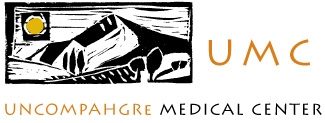This information was provided by The American Heart Association.
America’s Heart Disease Facts
• About 600,000 people die of heart disease in the United States every year–that’s 1 in every 4 deaths
• Heart disease is the leading cause of death for both men and women. More than half of the deaths due to heart disease in 2009 were in men
• Coronary heart disease is the most common type of heart disease, killing nearly 380,000 people annually
• Every year about 720,000 Americans have a heart attack. Of these, 515,000 are a first heart attack and 205,000 happen in people who have already had a heart attack
• Coronary heart disease alone costs the United States $108.9 billion each year this total includes the cost of health care services, medications, and lost productivity.
HEART ATTACK WARNING SIGNS
• Chest Discomfort
– Most heart attacks involve discomfort in the center of the chest that lasts more than a few minutes, or that goes away and comes back. It can feel like uncomfortable pressure, squeezing, fullness or pain.
• Discomfort in other areas of the upper body
– Symptoms can include pain or discomfort in one or both arms, the back, neck, jaw or stomach
• Shortness of breath
– With or without chest discomfort.
• Other signs
– may include breaking out in a cold sweat, nausea or lightheadedness
STROKE WARNING SIGNS
• Spot a stroke F.A.S.T.
*Face Drooping – Does one side of the face droop or is it numb? Ask the person to smile.
*Arm Weakness – Is one arm weak or numb? Ask the person to raise both arms. Does one arm drift downward?
*Speech Difficulty – Is speech slurred, are they unable to speak, or are they hard to understand? Ask the person to repeat a simple sentence, like “the sky is blue.” Is the sentence repeated correctly?
*Time to call 9-1-1 – If the person shows any of these symptoms, even if the symptoms go away, call 9-1-1 and get them to the hospital immediately.
OUR LITTLEST HEARTS
Congenital heart defects, the most common of birth defects, are the leading killers of infants with birth defects. Fortunately, a non-invasive screening test that helps identify newborns at risk for heart defects exists; pulse oximetry.


